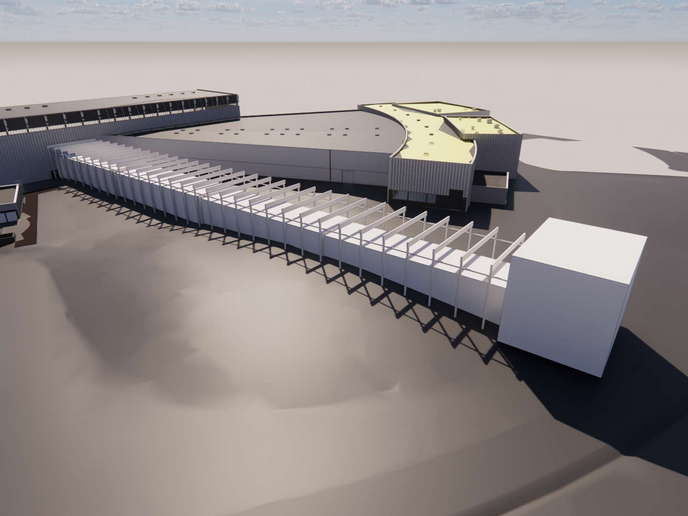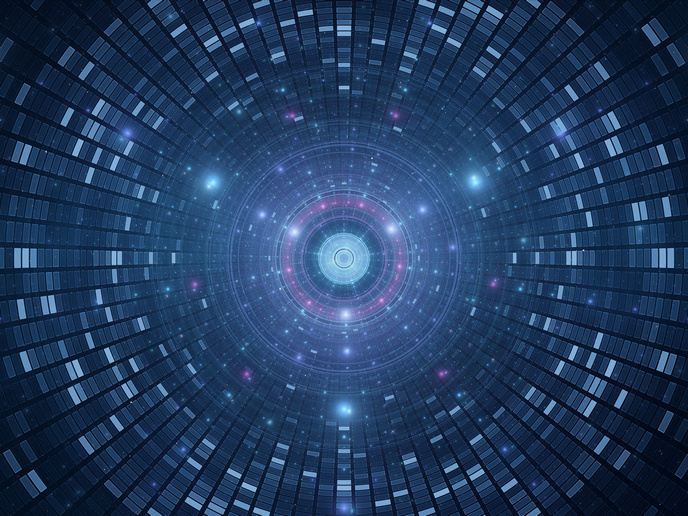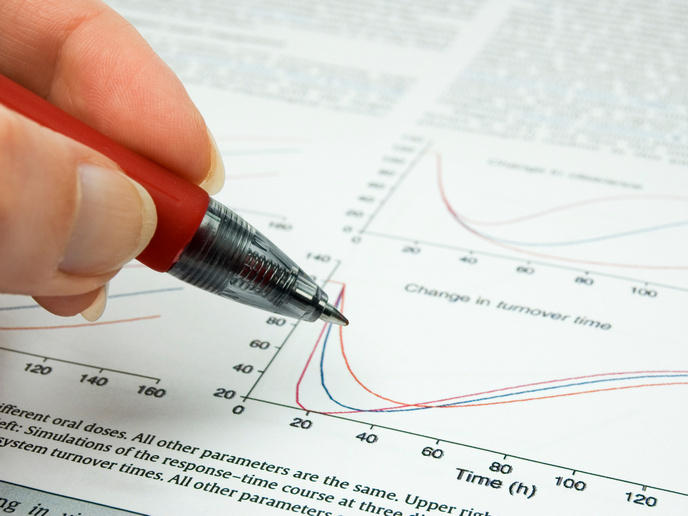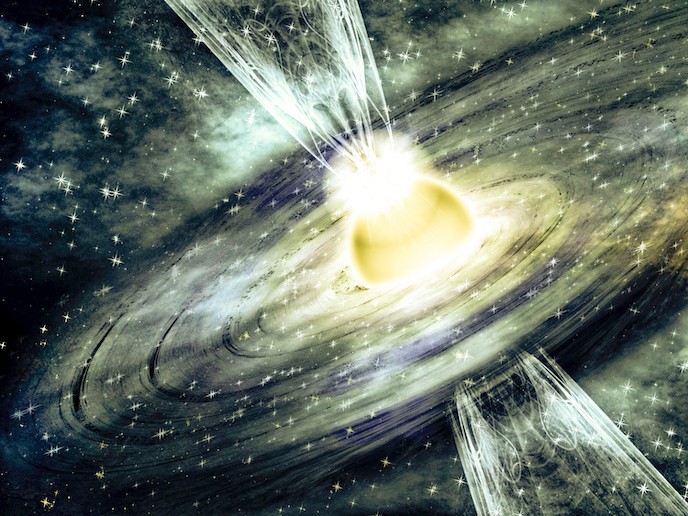High-intensity cold neutrons probe deeper into the matter-antimatter asymmetry
The European Spallation Source(opens in new window) (ESS) is a multi-disciplinary international lab being built with the collaboration of 13 European countries. Based in Lund (Sweden) and Copenhagen (Denmark), it will house the world’s most powerful accelerator-driven neutron source. ESS should provide deep insight into the structure and behaviour of materials at the smallest levels. The ability of neutrons to penetrate deep into materials as well as their sensitivity to light elements such as hydrogen and lithium make them ideal for studying fragile samples. This opens up new avenues for research in materials science, chemistry, structural biology and fundamental particle physics.
Planning for a second neutron source
From 2027, the ESS plans to roll out a user programme featuring up to 15 neutron-scattering instruments. “The primary criterion for designing the initial source was to achieve an exceptionally high neutron brightness. But ESS’s vision does not stop there. Its flexible design allows for the integration of a second neutron source,” notes Valentina Santoro, coordinator of the EU-funded HighNESS(opens in new window) project. This additional source will have complementary characteristics capable of delivering high-intensity cold neutrons – characterised by low energies for examining atomic structures. It will also generate neutrons of even lower energies, referred to as very cold neutrons (VCNs) and ultracold neutrons, broadening the scope of research capabilities. “These new capabilities will enable ambitious projects in fundamental physics, including the search for neutron to anti-neutron oscillation, potentially solving one of the universe’s most significant mysteries – the matter-antimatter asymmetry,” explains Santoro. To this end, HighNESS’ main objective was to design a second neutron source complementary to the high-brightness bi-spectral source placed above the spallation target. This new source will be able to serve the future neutron scattering instruments planned for the ESS. “Our proposal included a scientific case involving various neutron scattering techniques, including the NNBAR(opens in new window) experiment, which seeks to detect neutron to anti-neutron oscillation,” states Santoro. “Without a source delivering an intensity several times higher than the current ESS moderator, our scientific goals would not be feasible,” highlights Santoro. “Liquid deuterium, used for decades at reactors and continuous spallation sources, proved to be the only viable option for such a source.” The final design delivered an intensity ten times greater than the current ESS source, crucial for the NNBAR experiment to reach its anticipated sensitivity levels. Additionally, the cold source features an extended emission surface compared to the upper moderator, which has been utilised in the design of innovative neutron scattering instruments that will surpass those under construction at ESS.
Overcoming challenges
The longstanding ambition to develop an intense VCN source has spanned over two decades, facing hurdles mainly owing to a limited understanding of low-temperature materials properties, deemed promising candidates for such a source. To tackle this, HighNESS successfully developed nuclear data libraries essential for reliable simulations and neutron source design. This development is a major breakthrough in source design and is now accessible to the community, adhering to an open-source policy. HighNESS also facilitated the NNBAR collaboration to achieve twice the expected sensitivities than originally proposed, through top-performing cold source design, a new optics system and detector studies. “In summary, we have developed a source that positions ESS as the world’s most versatile neutron source, further strengthening Europe’s leadership in neutron science,” concludes Santoro.







